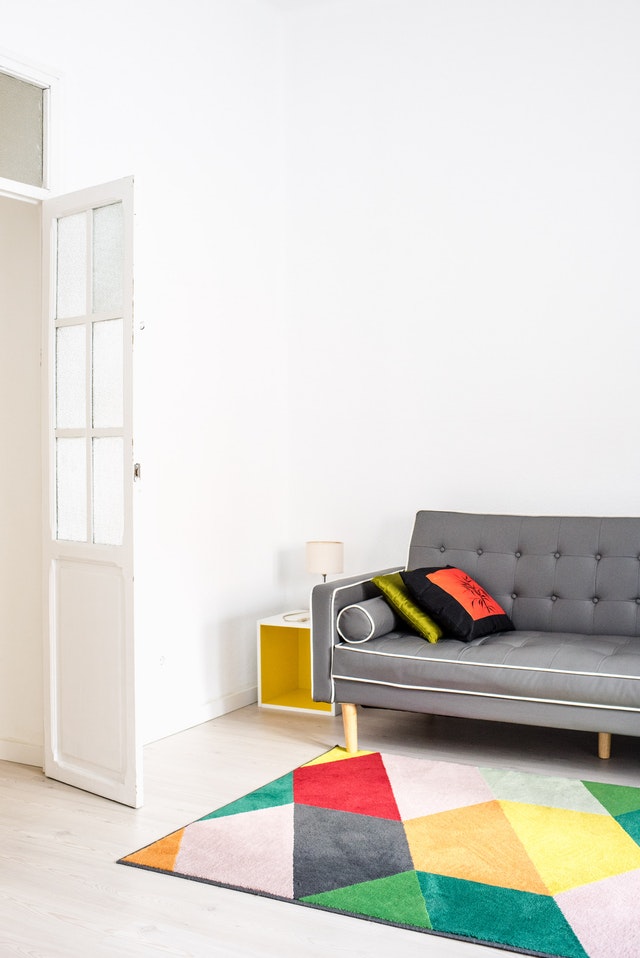
The kind of rental model you choose directly relates to your overall real estate investment goals – like how much time and energy you want to put into managing your properties. Generally, short-term rentals (like Airbnbs and VRBOs) offer high-profit margins with sporadic high-maintenance costs, while medium- and long-term rentals offer a more stable revenue stream, while also requiring more regular maintenance works.
Between short, medium, and long-term rental models, are you wondering which you should focus on? We’ve laid out the pros and cons of each, so you can make an informed business decision that fits with your goals for rental investing.
What’s the difference between short vs. medium vs. long-term rentals?
Each rental model – short, medium, and long-term rentals – has its own benefits and risks. You should know what those points are before deciding which to go for, so you can choose the one that best compliments your investment purpose and strategy.
Short-term rentals (STRs)
Short-term rentals have guests that usually stay for around 3-7 days. These rentals are often called “vacation rentals” because they often cater to travelers. Compared to hotels, STRs are often cheaper, more spacious, and provide a homey atmosphere—making them much more attractive to many business travelers and tourists.
STRs fit investors who prioritize business flexibility over stability. Cash flow is fast and substantial, but it’s also inconsistent and requires a lot of leg work. Nevertheless, STRs can be lucrative with the right marketing, location, and season.
Pros:
- STRs tend to charge a higher rent amount at $184/night.
- There is flexibility in having guests only stay for a couple of days at a time. There is also the flexibility to charge different rent prices, depending on the season or demand.
Cons:
- There’s a lower occupancy rate at 87%.
- STRs require around 30-40 hours of work/month (PER PROPERTY). You need to reply to messages, give and receive keys from guests, clean up the units, deal with demanding guests, and more.
- There are stricter rental laws in some cities. Some have banned short-term rentals (like Airbnbs) altogether, or limited the number allowed to operate within a given area.
- Vacation rentals are hit harder by economic downturns. For example, in the state of Michigan, STRs were banned during the height of the pandemic. Nowadays, STRs are allowed to operate again, but potential government restrictions are something to keep in mind for the future.
- Both income and business tax are required for STRs.
Medium-term rentals (MTRs)
Medium-term rentals have tenants that typically rent on a weekly or monthly basis, and often they take the form of a boarding house or mid-term rental apartment complex. This model is also called the “month-to-month” rental model and is the least popular among the three.
MTRs may seem to have the best of both STRs and LTRs, but it also comes with some challenges:
Pros:
- The occupancy rate is closer to 87%, which is almost the same as STRs, but with longer-term tenants.
- The number of hours required to manage MTRs monthly is significantly lower than with STRs.
- MTRs are subject to standard landlord-tenant laws.
- Only income tax is required (business tax is not needed).
Cons:
- MTRs charge an average rent of $952 per week (or $136/night)—which is 28% higher than long-term rentals, but still 35% lower than STRs.
- The turnover rate for MTRs is better than STRs, but still higher than long-term rentals. You’ll still need to do a lot of marketing for these, as your tenants only stay for roughly a month at a time.
- Marketing is more difficult, as there aren’t many channels that focus on MTRs compared to the other two models.
Long-term rentals (LTRs)
Long-term rentals have tenants that live in the property for 1+ years. Most rental properties in the real estate market are long-term rentals.
LTRs are a commitment both for landlords and tenants. Despite that, this rental model is favored by most in the real estate industry, as it offers landlords and investors a stable, steady rental income with minimal turnovers. Main responsibilities include property maintenance and dealing with tenants—both of which can be done by property management companies.
Pros:
- The occupancy rate of LTRs is very high at 95%.
- The work needed to manage and maintain LTRs can be as little as an hour/month. However, it should be said that the work hours required depends on how big your portfolio is—many landlords have more than a couple of LTRs. As their portfolio expands, most will consider hiring a property management company.
- The turnover rate for LTRs is significantly lower than STRs and MTRs.
- LTRs are subject to standard landlord-tenant laws.
- Only income tax is required (business tax is not needed).
Cons:
- This may vary greatly from location to location, but LTRs generally earn less than STRs and MTRs. LTRs charge an average rent of $98/night or $3k/month.
- You can’t increase your rent amount seasonally, as you can with STRs.
Conclusion
We hope this guide helps you figure out which rental model to choose. Each of them has its pros and cons—the decision wholly depends on what you want to prioritize in rental property investing.
Which model have you applied to your portfolio? Any tips you’d like to give for those who are starting out?
Image courtesy of Andrea Piacquadio


